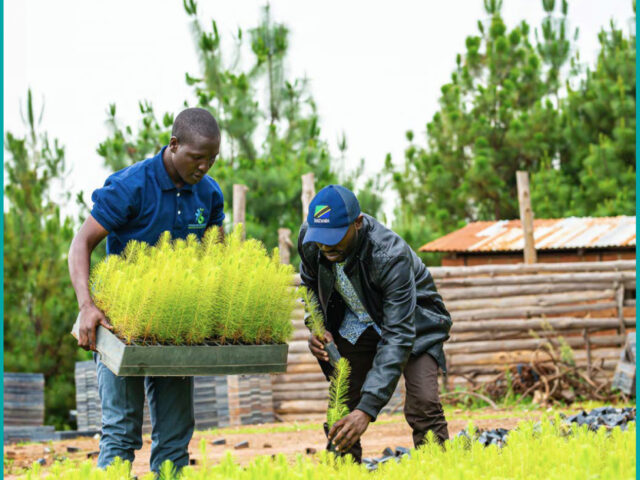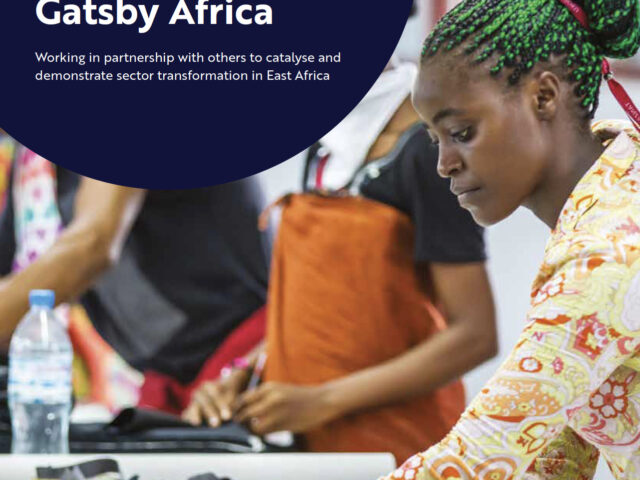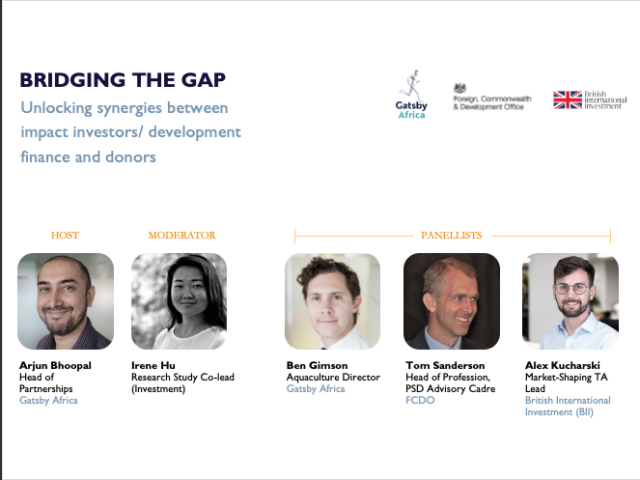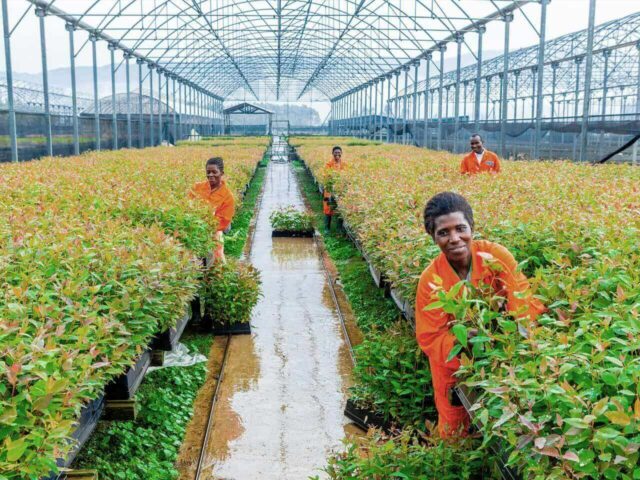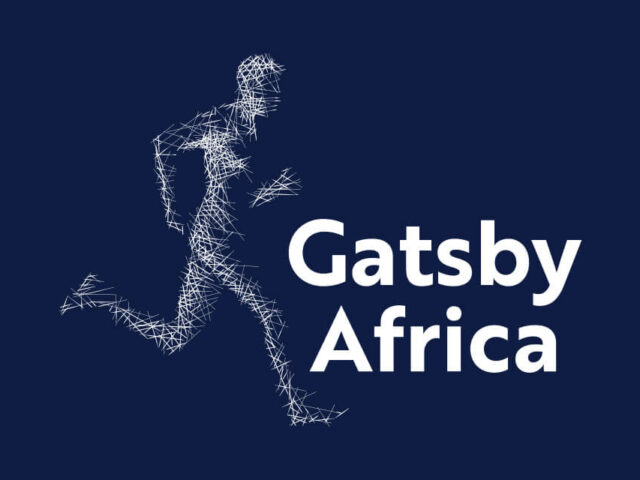Water
Establishing the benchmarks, business models, and long-term strategy which will enable greater investment and significantly expand access to clean water
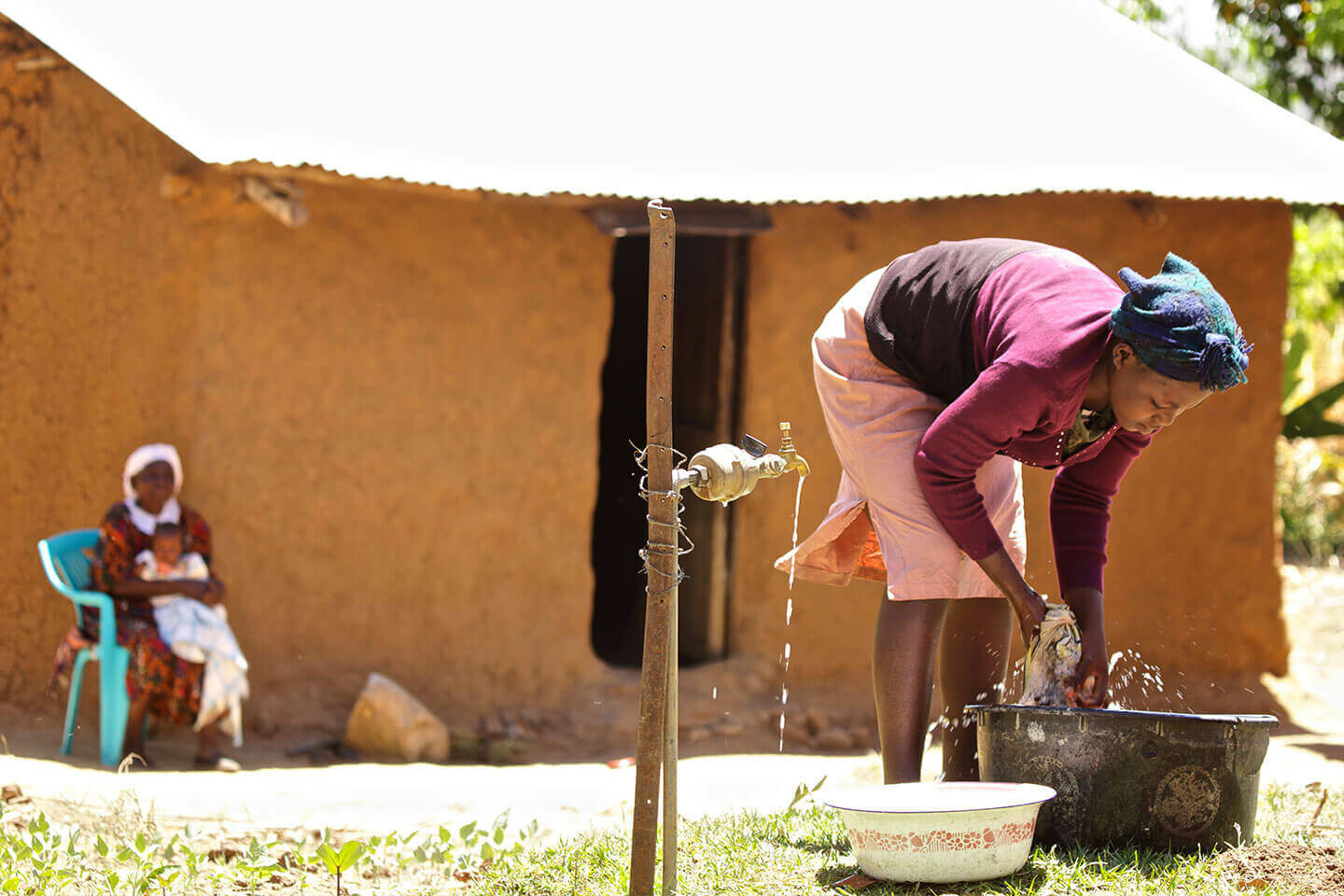
Water is a vital strategic asset for any country and plays a significant role in economic development, serving as a critical resource for agriculture, industry, and domestic consumption. Kenya’s future as an economy will involve strategic choices around water.
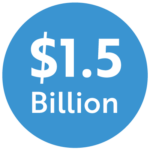
Amount that Kenya loses every year due to inadequate water supply
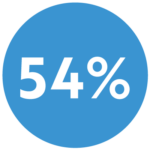
Present percentage of Kenya’s population served by the regulated water providers

By 2030, it is estimated that the demand for water in Kenya will exceed resource availability by 30%
The Opportunity
Presently, Kenya loses $1.5 billion every year due to inadequate water supply, and the country has one of the world’s lowest renewable water resource rates. By 2030, it is estimated that the demand for water in Kenya will exceed resource availability by 30%, with changes in weather and climate patterns set to create additional challenges.
Nevertheless, reform of the water sector has begun to yield positive changes in recent years. Devolution to local governments, together with the availability of relevant data and increasing transparency in the sector, has led to a commitment to learning and tracking performance. Gatsby Africa is seeking to build on this progress, to further expand the uptake of effective service delivery models and enable the substantial increase in finance required to overcome these sizeable challenges.
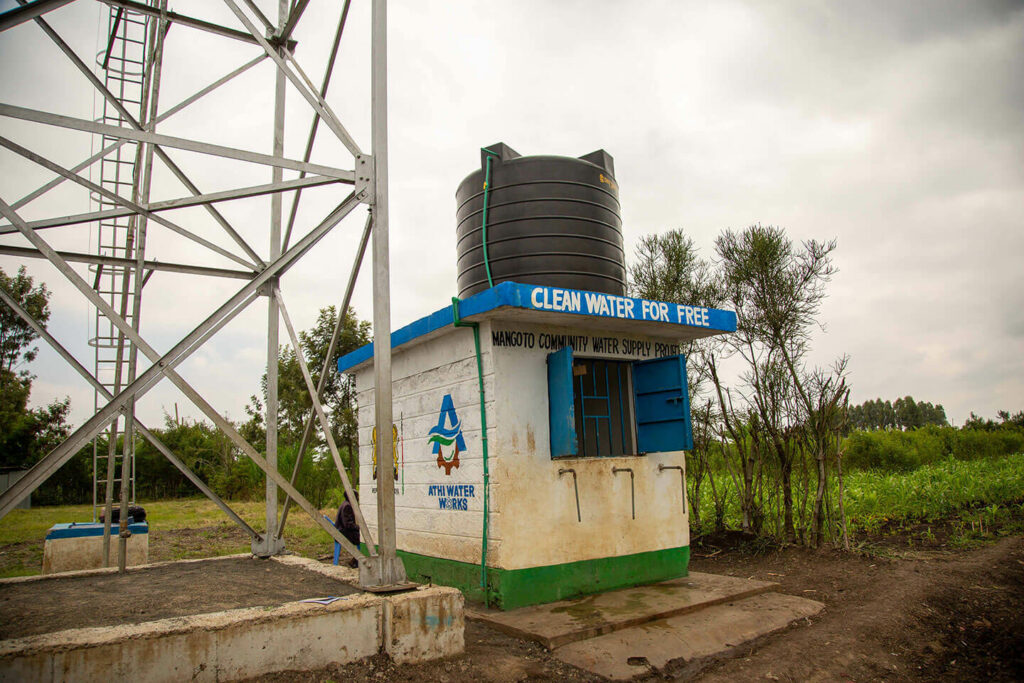
Our areas of work
Convening government and donors around a sector vision and learning from how other countries have transformed their water sectors
Enhancing coordination mechanisms, information flows, transparency, and overall governance, to ensure there is greater accountability for delivery
Working with counties and utility firms to improve performance levels
Stimulating innovation and trialling high-potential service delivery models in rural areas
If the business-as-usual approach is maintained in the way water resources are managed, Kenyans will face a 30% gap between available freshwater supply and demand by the year 2030.
